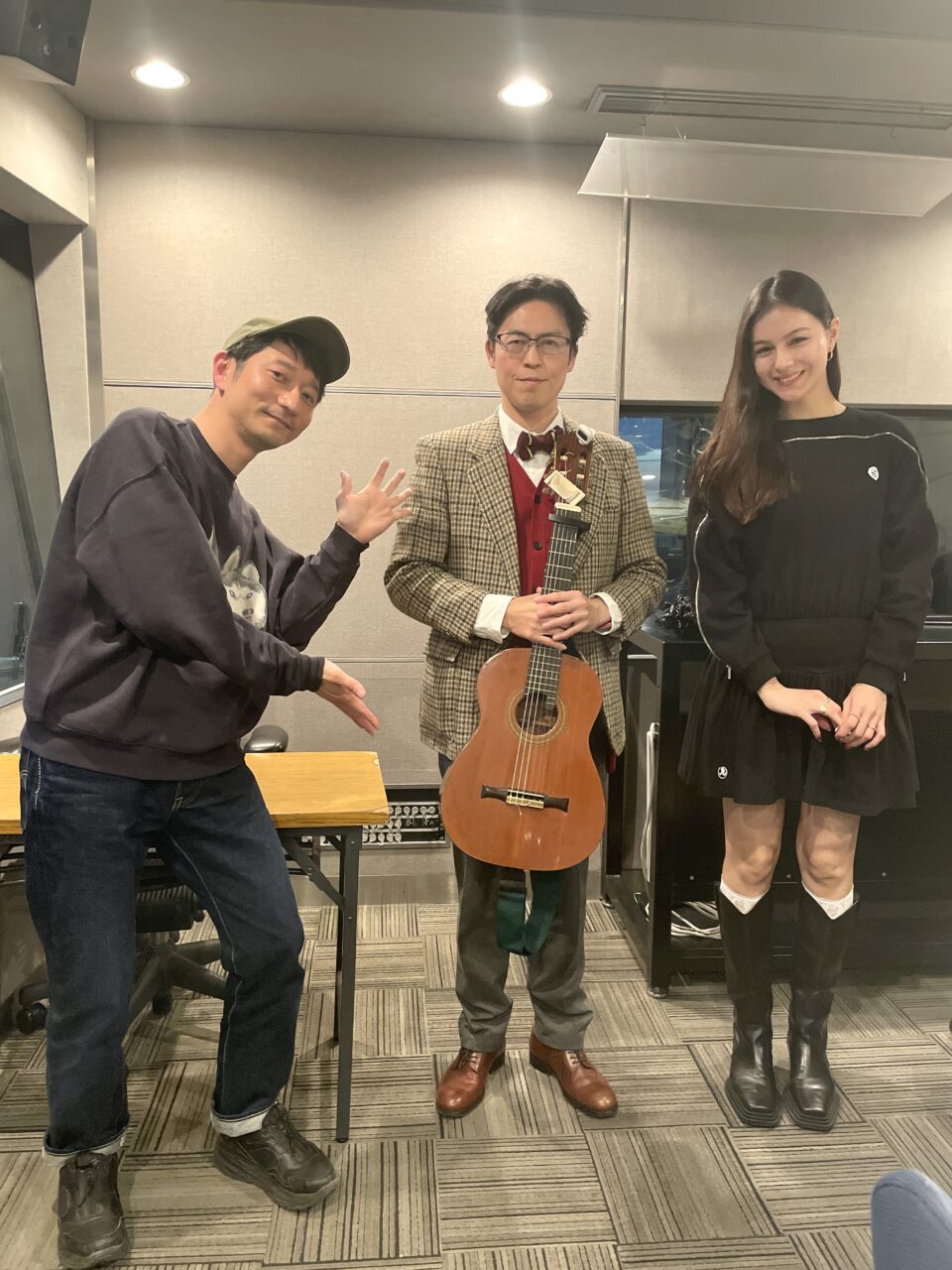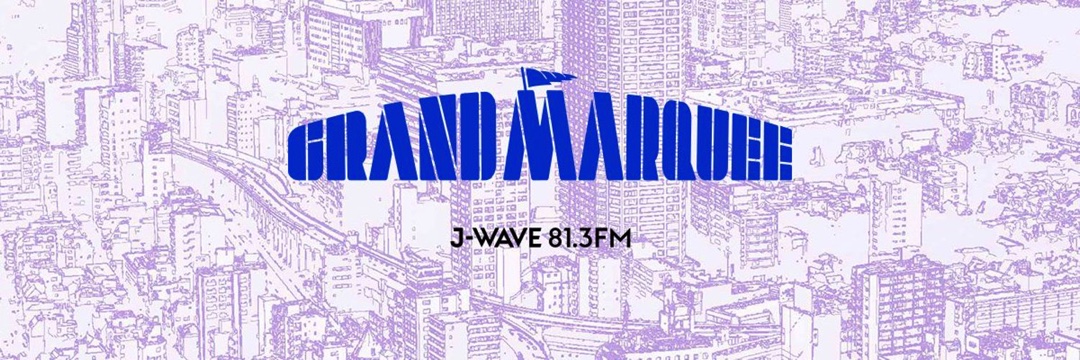INDEX
Three Nagashi organizations established the “All Japan Nagashi Association” to promote the historical Nagashi culture.
Takano: I am also interested in the history of Nagashi. When did it start?
Paris: There are two theories. The first is the Shinnai-nagashi that existed in the Edo period. A man named Shinnai-san, who played the shamisen as a musical accompaniment for Kabuki performances, originally played it on stage, but he walked to a brothel district and started playing the shamisen. He became very popular, and the story was passed down from generation to generation in the form of the “Shinnai-nagashi” style. It was like waiting outside to receive a request from a room in the brothel and being told to come up and play. That seems to be the first use of the word “nagashi.
Secondly, there was a man in the Meiji era named Soeda Azenbo, who sang ironically about the contents of newspapers and appealed to the public outside. It seems to have started as a social movement.
Takano: I didn’t know there was such a history. And I heard that last year you also created a Nagashi group.
Paris:First of all, in 2014, I created a Nagashi group called “Heisei Nagashi Kumiai,” which is a music-centered Nagashi group with about 65 members. Then, last year I created the “All Japan Nagashi Association”.
Actually, there are three major Nagashi groups in the Kanto area: the first is “Kashiwa Nagashi,” a group that performs in Kashiwa, the second is “YOI x Gei,” a group that performs mainly in areas such as Norenmachi and Yokocho, and the third is “Heisei Nagashi Association,” which I created, and which performs in Ebisu Yokocho and Kabukicho Tower. The third group is “Heisei Nagekyo Association,” which I created and which operates in Ebisu Yokocho and Kabukicho Tower.These three groups came together to form the association with the aim of expanding the industry even further.
Takano: How many people are in the association as a whole?
Paris: About 200 people. But not all of us are doing music-related entertainment. We also do street performances, comedy, magic, and recently, portraits. I think we are also going to start offering massages.
Takano: Massage, too! That’s nice.
Celeina: It makes drinking more fun. Lastly, what do you find interesting about Nagashi compared to so-called “live” performances?
Paris: I think it’s the fact that I can’t read the audience. There is no scheduled harmony, so even if I am a veteran performer, I am going to meet people I have never met before, and it is an away-from-home place. It’s very realistic to see the person I am meeting be extremely happy with my performance. Personally, I think that is what I enjoy about it.
Takano: It’s a once-in-a-lifetime encounter, isn’t it?
Celeina: Now, “FIST BUMP” is a circle of friends connected by “goo touch,” and we are asking you to introduce us to some of your friends.
Paris:Mr. Kenji Takahashi who is the founder and editor-in-chief of a local web newspaper called “Ebisu Shinbun” (Ebisu Newspaper).
Celeina:In a word, what kind of person is he?
Paris: I guess he is a cheerleader for the city of Ebisu.
Celeina:Thank you very much. Tomorrow, I will connect to Mr. Kenji Takahashi, the editor-in-chief of “Ebisu Shinbun”. “FIST BUMP”, today we welcome Paris Nakayama, a strolling guitarist(Nagashi). Thank you very much.

GRAND MARQUEE

J-WAVE (81.3FM) Mon-Thu 16:00 – 18:50
Navigator: Shinya Takano, Celeina Ann






















